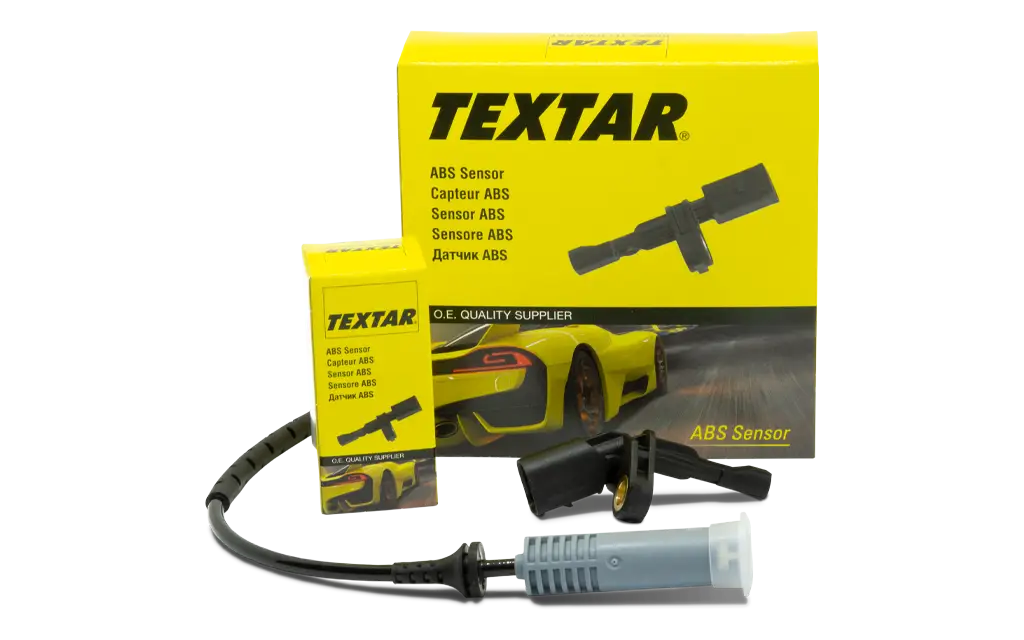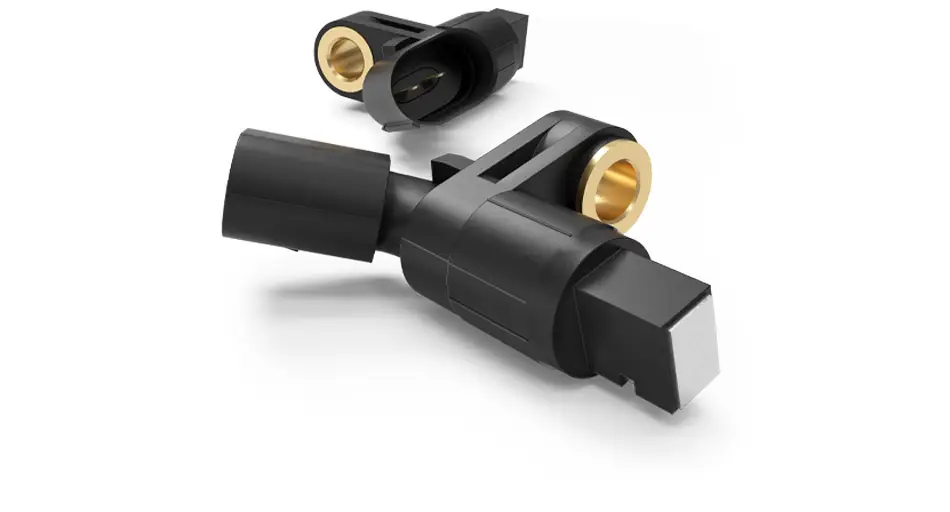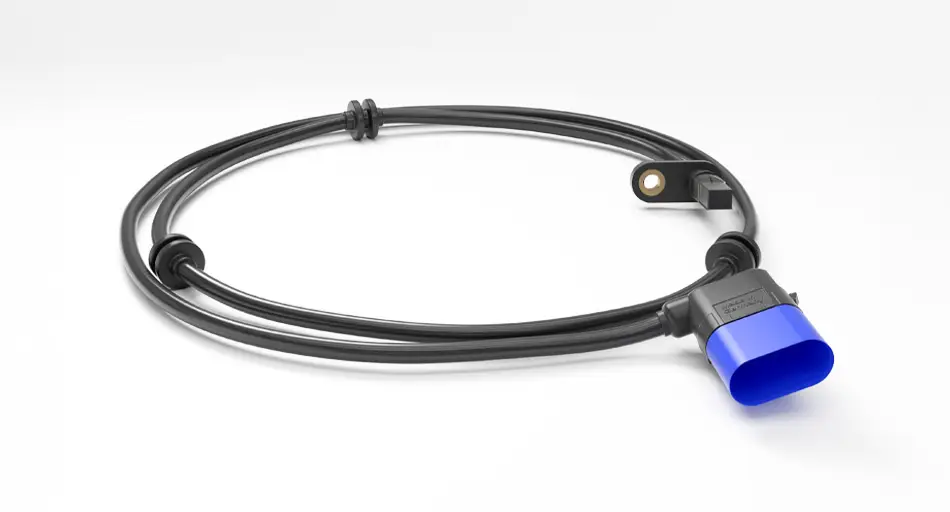ABS sensors – Types and Diagnostics of Failures

ABS inductive sensors are nothing else than a coil wrapped around a ferromagnetic core. Such a sensor is mounted directly above the impulse ring connected to the wheel hub, driveshaft or disc with integrated bearing and ABS ring. The rotational movement of the toothed ring affects the magnetic field generated by the sensor core. The changing magnetic field induces a voltage in the winding that can be measured. By testing such sensor with an oscilloscope, we can observe a sinusoidal amplitude that requires conversion to a square signal. Due to the fact that passive sensors have usually bigger dimensions, are less precise and only switch on when the wheel reaches a certain minimum speed, they are used quite rarely. Most of the cars produced after 2002 are equipped with so-called active sensors. The output signal from such sensors is rectangular, it does not need to be processed. What therefore is their principle of operation?

Symptoms of an ABS sensor failure are signalized by: the activation of the ABS indicator on the dashboard, blocking of the wheels when braking, lack of operation of the track stabilization systems and the resulting generated fault codes. The causes of the malfunction are usually in the breaking of the electric circuit, short circuit, external damage to the sensor or impulse wheel and severe dirt that distorts the signal. The sensor is located in an area exposed to dust, water or mud. However, it is worth remembering that the incorrect operation of the ABS sensor may be the result of a malfunction of other components, such as excessive wheel bearing play.

“The diagnosis should be started with a visual inspection of mechanical components and wires. They can be the reason of incorrect operation of ABS sensors. It is also worth checking the fuses responsible for this system. If these elements are not broken, the next step is to use the scan tool for ABS / ESP malfunction. The diagnostic tester can compare the signals of each sensor. The way of proceeding depends from the type of sensor used: in the case of an inductive one, the resistance has to be measured by a multimeter; in case of the active sensor the supply voltage has to be checked. The active sensor itself can only be checked with a tester or oscilloscope, a multimeter will damage this type of sensor. If everything indicates no failure or damage, it is worth remembering that even a slightly open pin in the terminal can also cause an incorrect signal from the sensor” – insert technical support team member for Textar
The replacement of an ABS sensor should be performed in accordance with the vehicle manufacturer’s guidelines, e.g. regarding tightening torques. Textar offer brake discs with an integrated ABS sensor ring and the sensors themselves (290 part numbers), depending on the design of the system in a specific car. A great help in selecting the parts is the web-based / app based catalogue system Textar Brakebook with a database of parts numbers and a QR code reader.